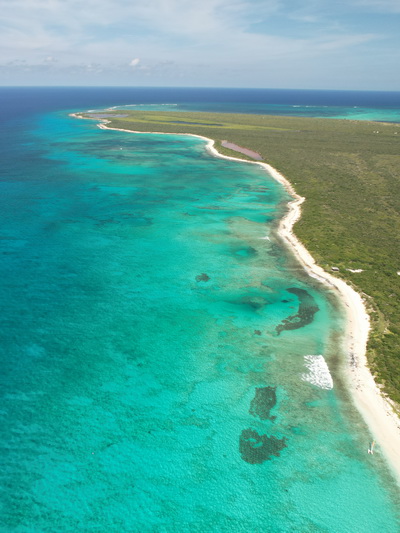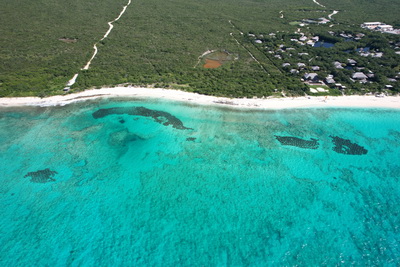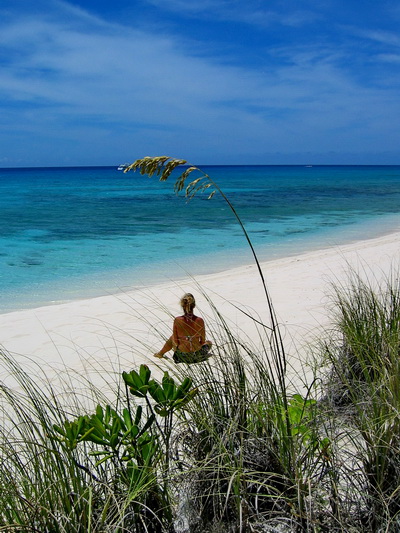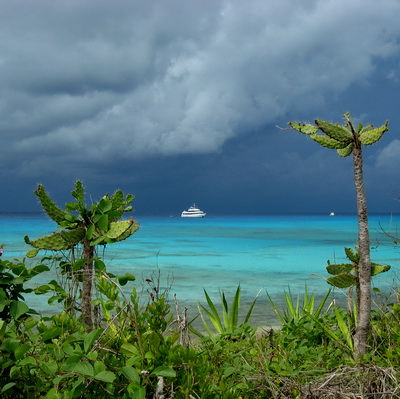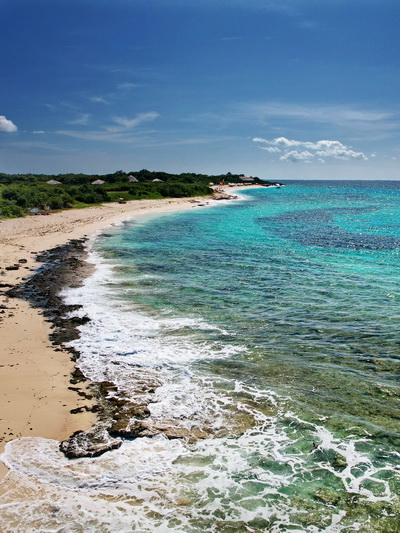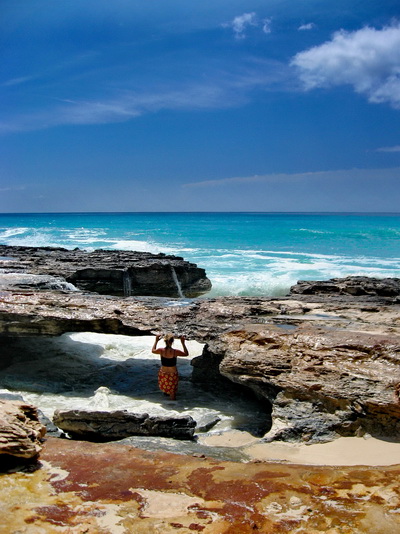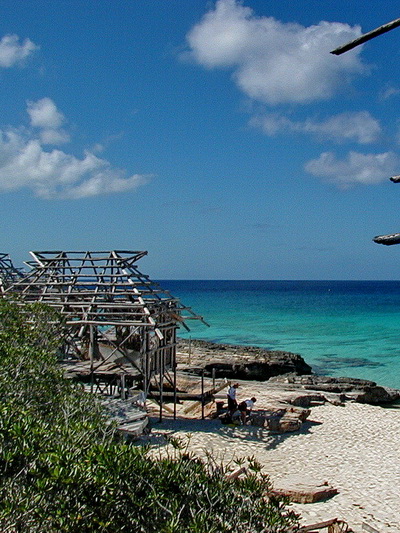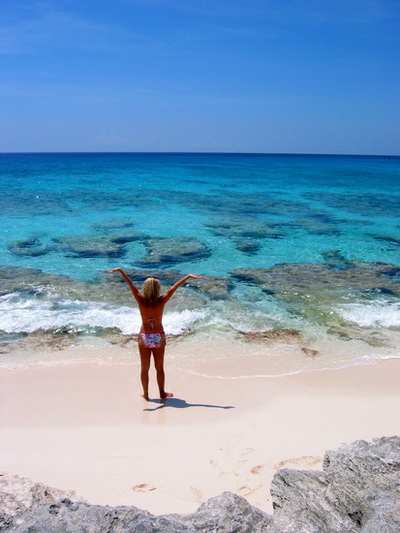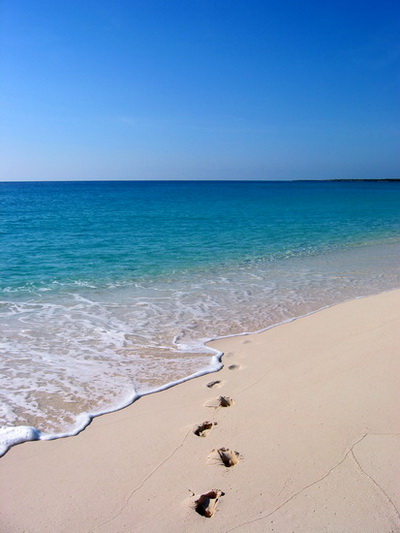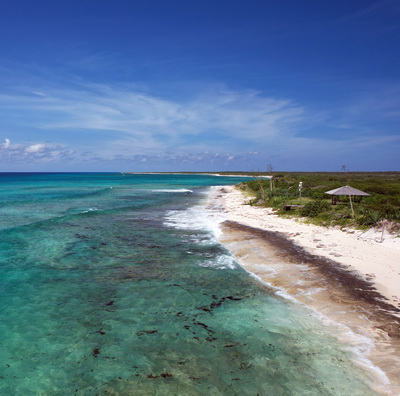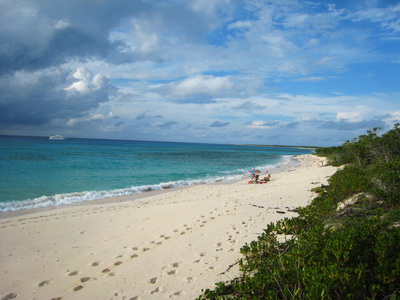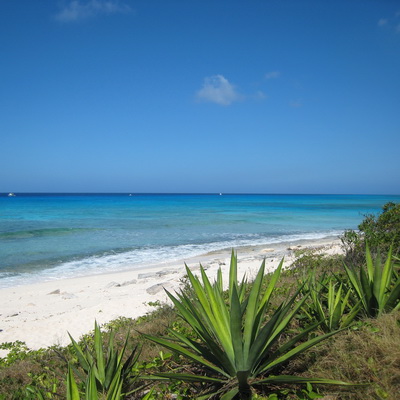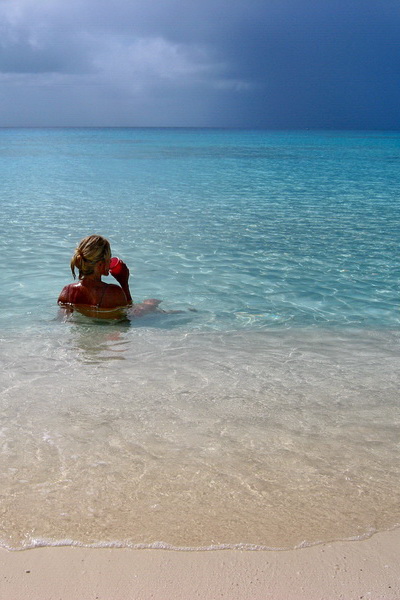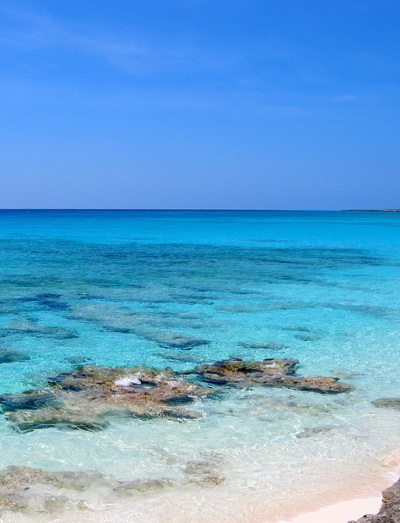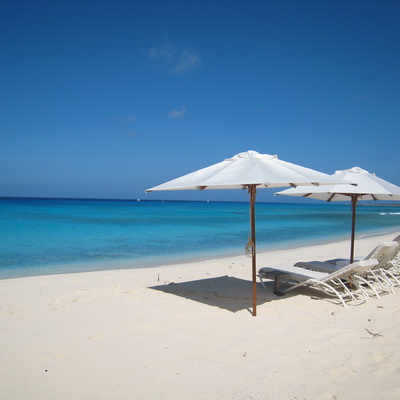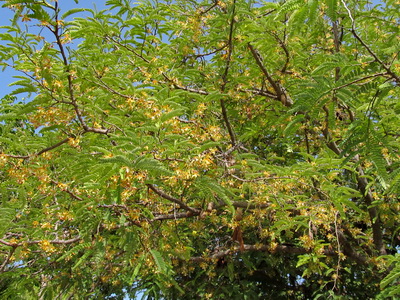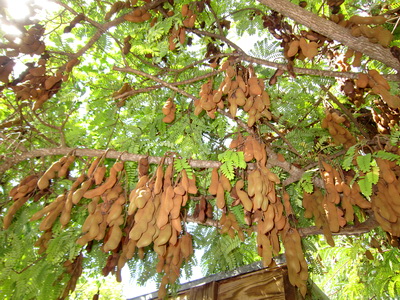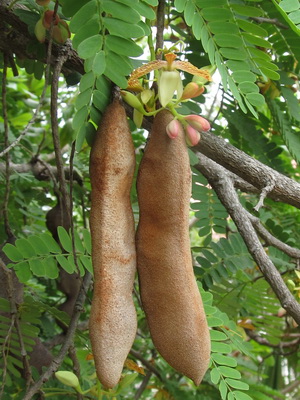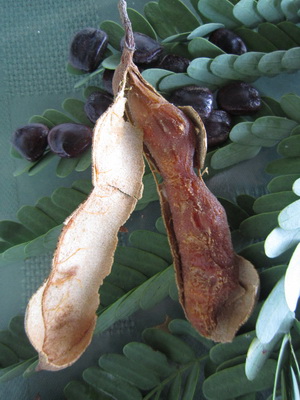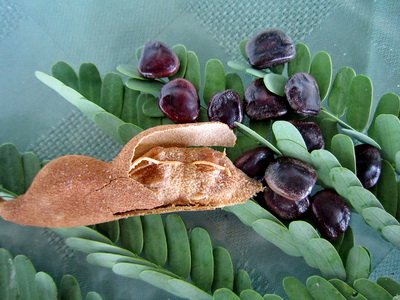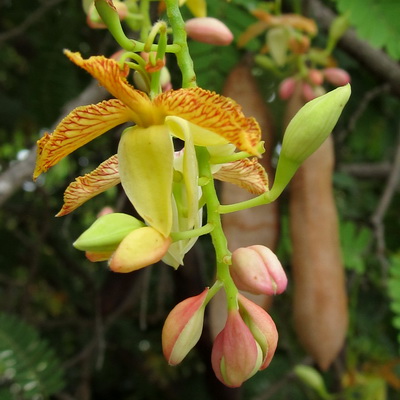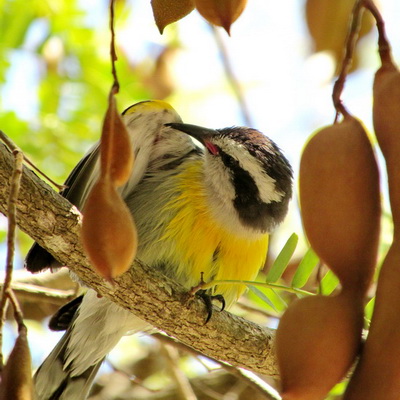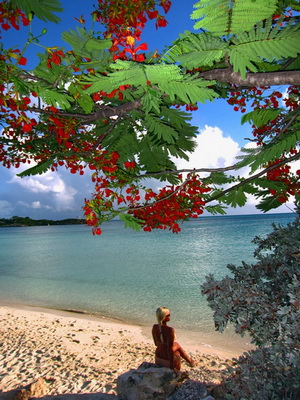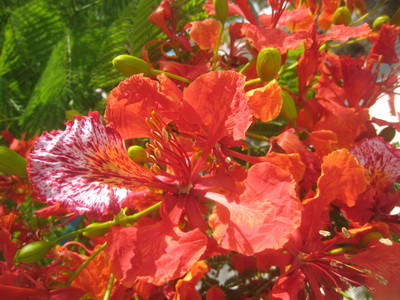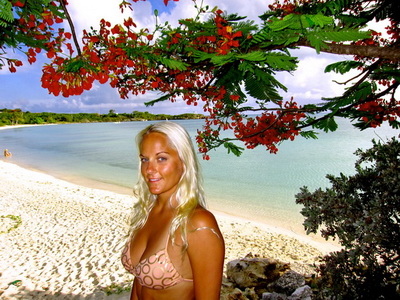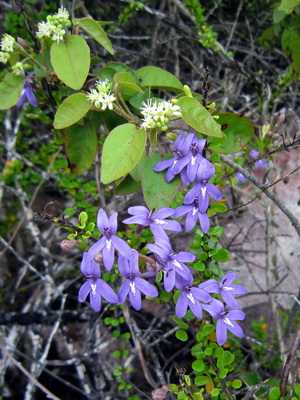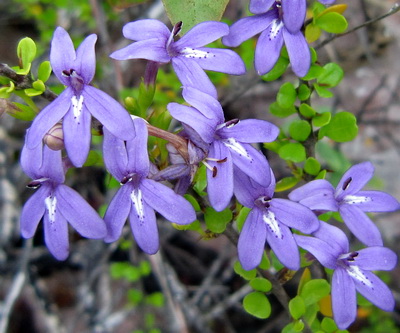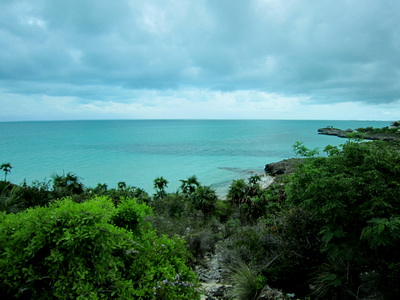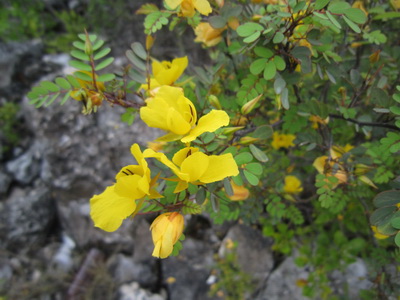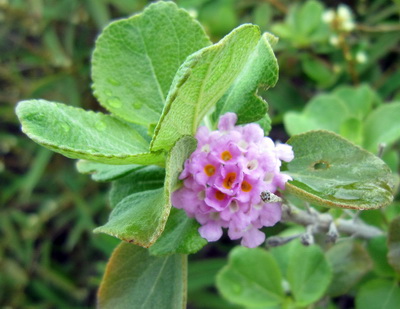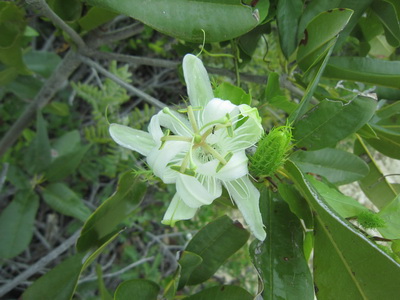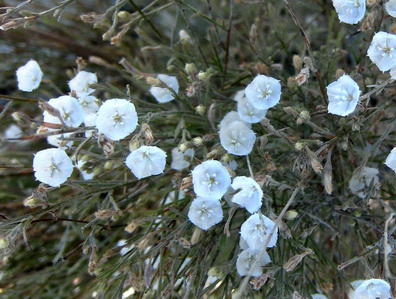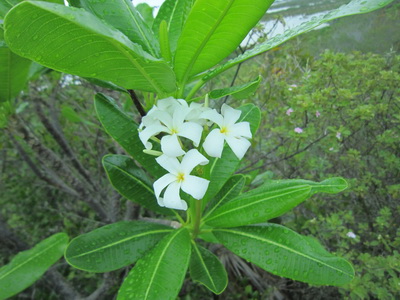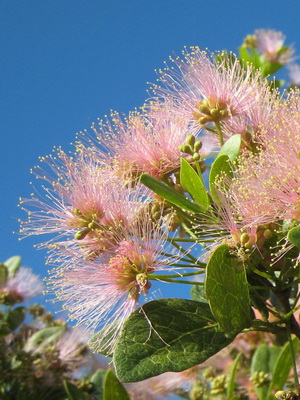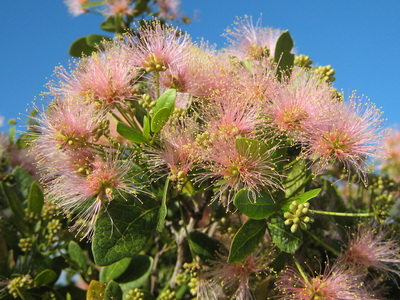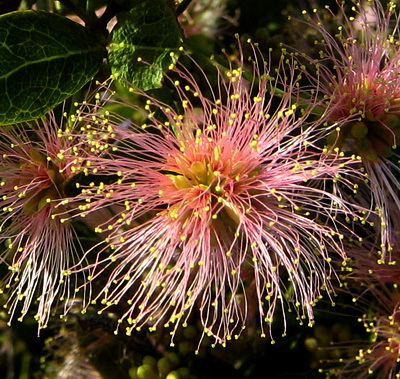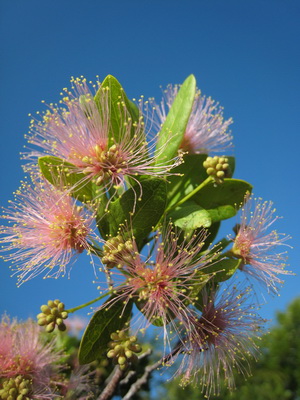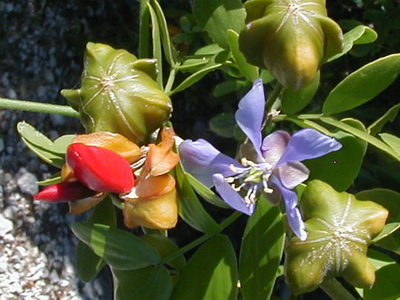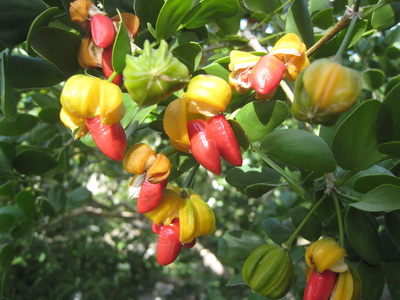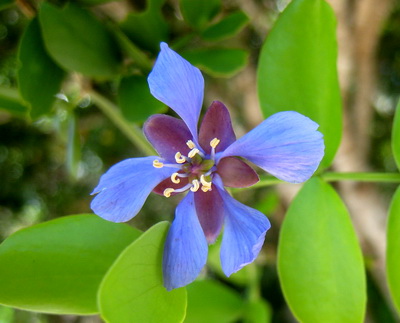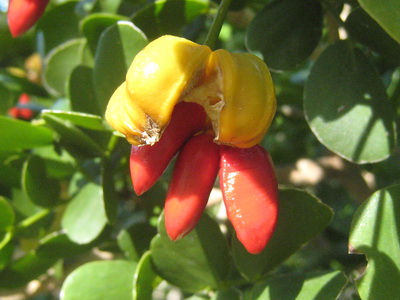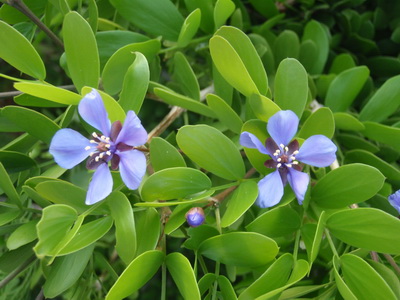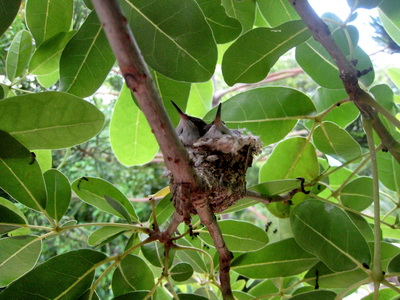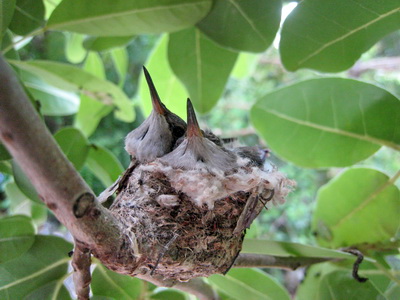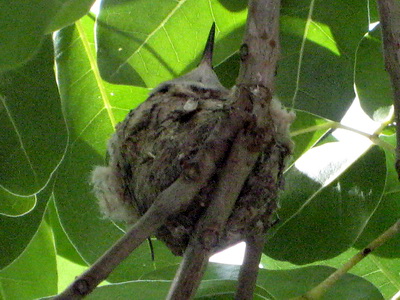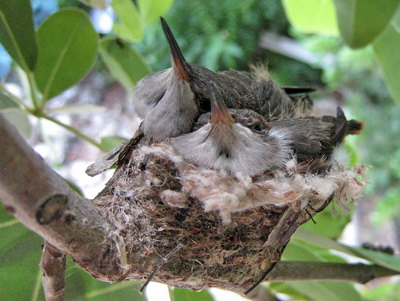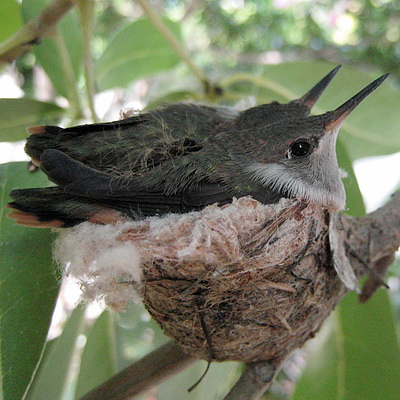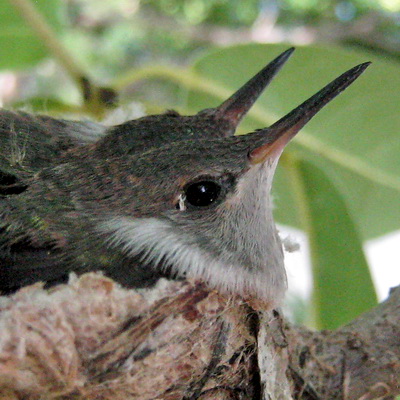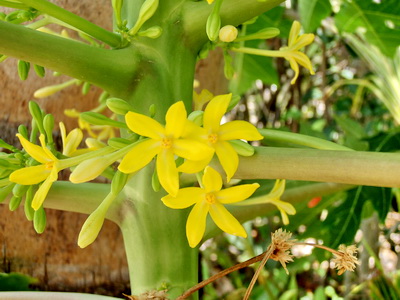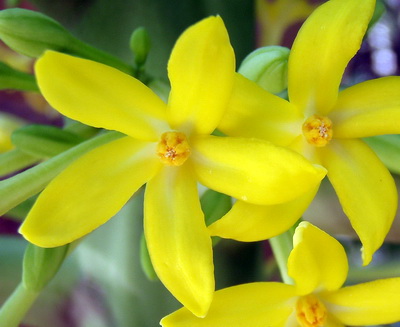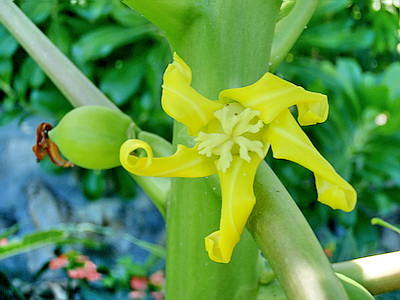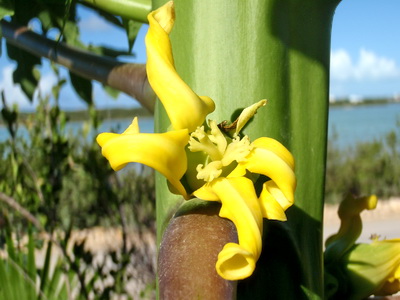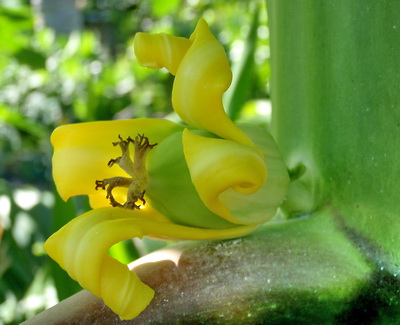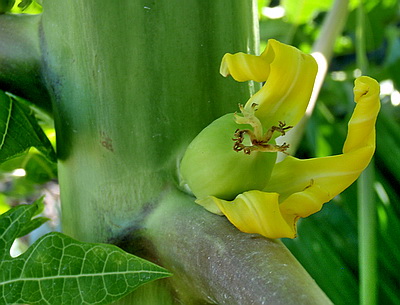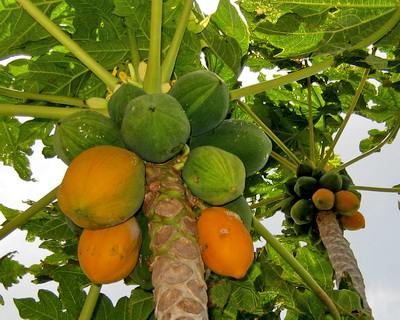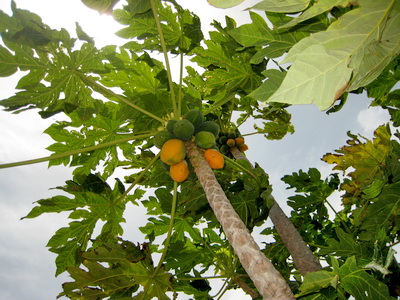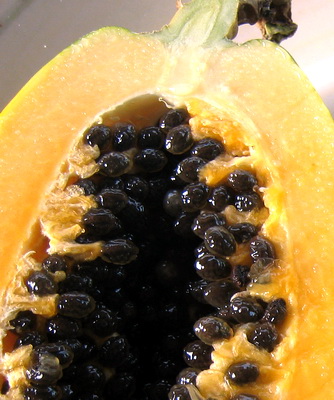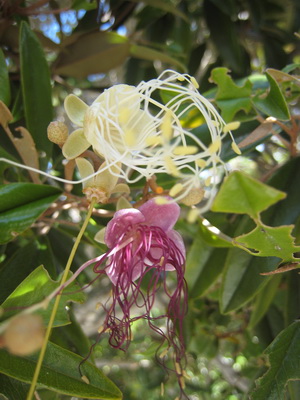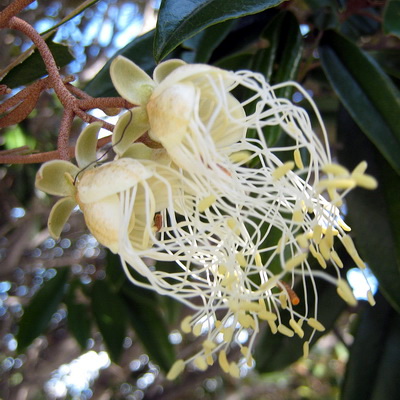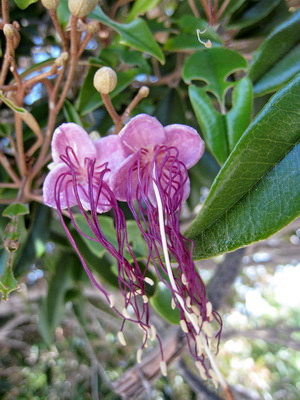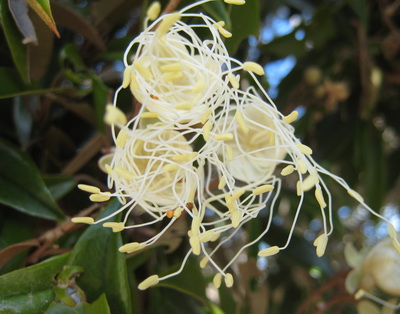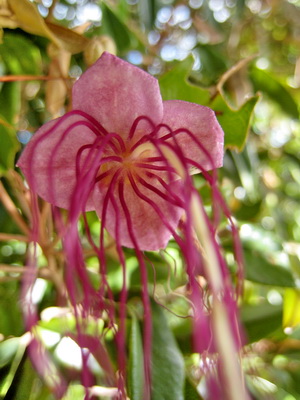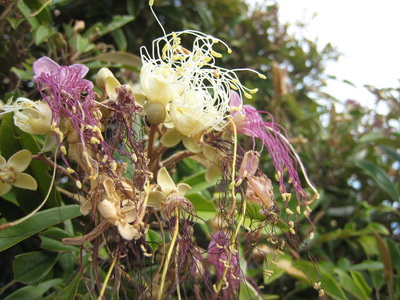Some days are just breathtaking as you take in the glorious colours of the ocean at Malcolm Roads Beach. It’s always a fun getaway for the day and it’s not likely there will be too many other people out there. Please take an SUV only to get down to this beach safely and with enough clearance too!!
The road out to Malcolm Roads is a little “off road-ish” but the scenery is so spectacular. It’s worth the trip….pack a lunch and a lots of drinks and hopefully we’ll see you there.
The road from the bottom of the hill, heads straight down to a little shelter by the beach. You’ll be able to see the artificial reef balls placed there several years ago to help reduce beach erosion, make it easy for corals to grow, and also, provide shelter for fish.
We had the beach to ourselves and it simply doesn’t get any better than that.
It doesn’t matter what the weather is like at Malcolm Roads, the colours are always spectacular for photo taking. A passing storm and clouds turned the sea into brilliant shades of blue and turquoise. Dive boats were anchored out at the dive sites and in the foreground, two magnificent Cactus Trees framed my photo. The Cactus Trees found at Malcolm Roads can reach heights of 12 feet and have a woody trunk. Flowers bloom throughout the year and are a rich red in colour with yellow stamens.
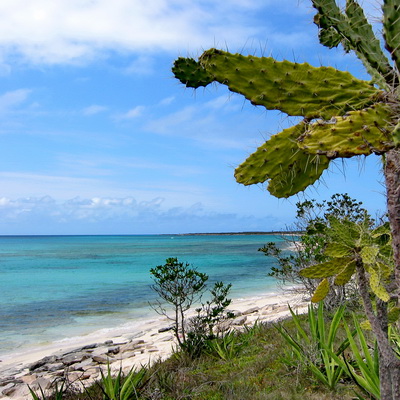
The Cactus Tree or Consolea nashii, ( locally called horse pear) is endemic to the Turks and Caicos Islands and Bahamas.
I can’t emphasize enough that you do need a car to travel to these breathtaking beaches. You will be missing some of the most scenic areas of Provo if you don’t explore this area along with others. There are so many more out of the way beaches and Malcolm Roads is one of my ultimate favourites……….but then I do have many of them!
Enjoy your day,
Marta
http://www.harbourclubvillas.com

